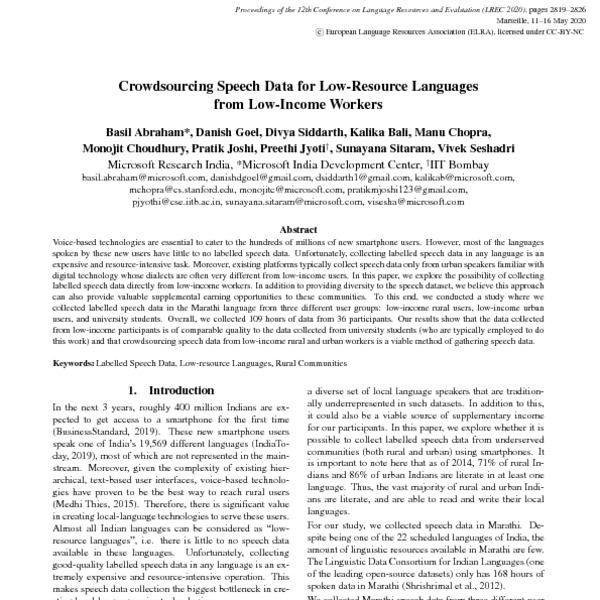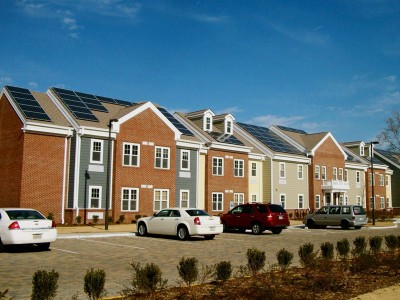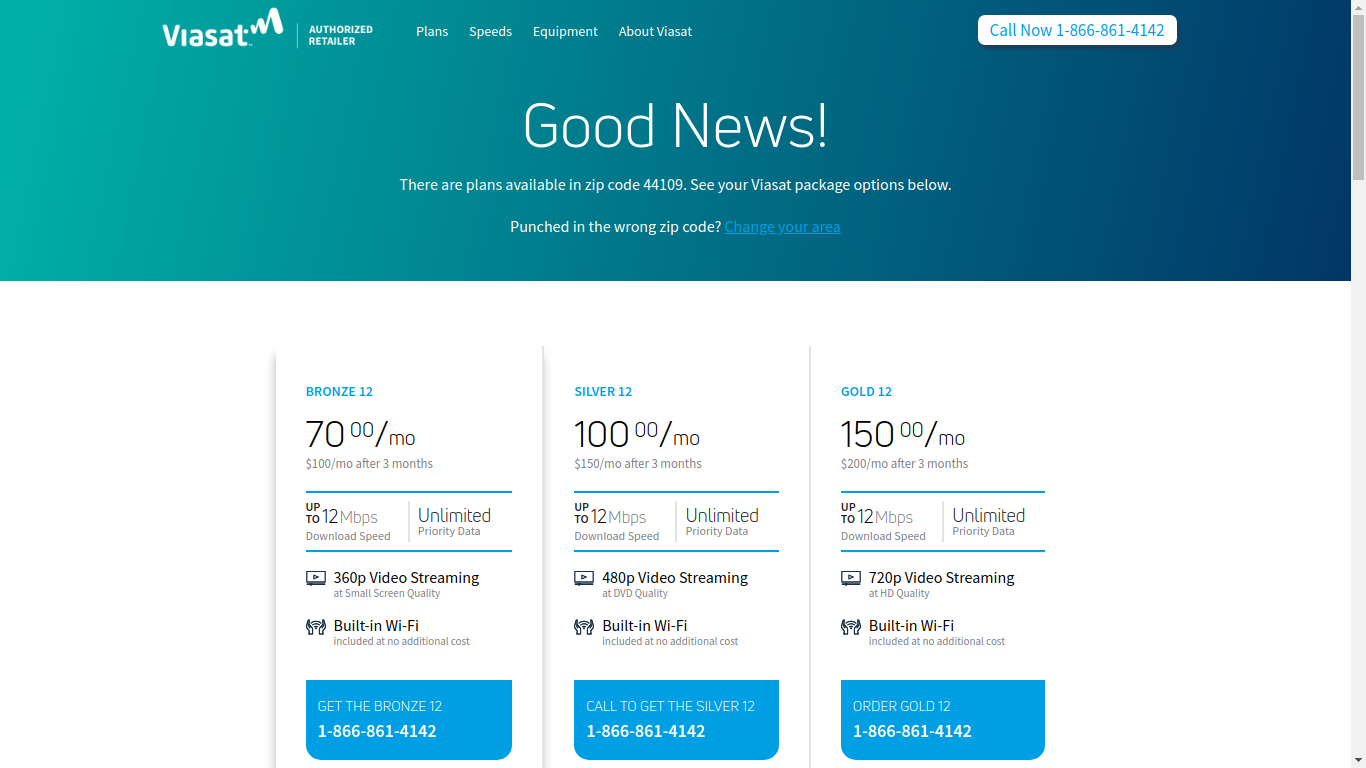In today’s digital age, internet access is essential for knowledge, connection, and opportunity. Unfortunately, not everyone has equal access to this vital resource. Viasat, a global communications company, is on a mission to bridge the digital divide by providing affordable internet options for low-income communities.
Viasat understands that without internet connectivity, individuals and communities face significant barriers in learning, working, and thriving. Through low-income internet programs, Viasat empowers underserved communities with affordable connectivity options.
By leveraging advanced technology and partnerships with government organizations and community leaders, Viasat extends its reach into remote areas where traditional providers may not venture. This ensures that even marginalized communities have an opportunity to connect with the rest of the world.
Viasat’s mission is rooted in the belief that everyone deserves equal access to information and resources for growth. By making affordable internet accessible to low-income communities, Viasat plays a crucial role in leveling the playing field and empowering individuals to unlock their full potential.
The Importance of Internet Access for Low-Income Communities
Internet access is crucial for bridging socioeconomic gaps and creating opportunities in low-income communities. It enables individuals to access educational resources, search for employment online, connect with healthcare services remotely, and stay informed.
Without reliable internet service, students from low-income households struggle to keep up with peers, job seekers face challenges finding employment, and accessing quality healthcare becomes difficult. Through its low-income internet programs, Viasat aims to level the playing field and provide equal opportunities for all.
By addressing these challenges head-on, we can empower low-income communities to thrive economically, academically, and medically.
Exploring the Digital Divide and Its Impact on Underserved Communities
The digital divide refers to the gap between those who have access to digital technologies, such as the internet, and those who do not. This divide disproportionately affects underserved communities, exacerbating existing socioeconomic inequalities.
Underserved communities often lack reliable internet connectivity due to limited infrastructure and high costs. This leaves residents disconnected from vital resources and opportunities. Education is particularly impacted, with students without internet access at home facing challenges in keeping up with their peers.
The consequences extend beyond education. Businesses in these communities struggle to compete online, hindering economic development. Bridging the digital divide requires collaborative efforts from governments, private organizations, and non-profits through initiatives like expanding broadband infrastructure and providing affordable internet plans.
Addressing this divide is crucial for equal access to digital technologies, empowering underserved communities and reducing socioeconomic disparities.
How lack of internet access affects education, employment, and healthcare opportunities
The lack of internet access has significant implications for education, employment, and healthcare. Low-income students struggle to complete online assignments, conduct research, and participate in virtual classrooms, hindering their learning progress.
Limited internet access also hampers job applications and remote work opportunities, putting individuals at a disadvantage. Additionally, without reliable internet connectivity, accessing telehealth services becomes challenging for low-income individuals. Addressing this digital divide is essential for equal opportunities in these areas.
| Challenges Faced Without Internet Access |
|---|
| Difficulty completing online assignments |
| Inability to conduct research |
| Limited participation in virtual classrooms |
| Barriers when applying for jobs online |
| Missed opportunities for remote work |
| Difficulties accessing telehealth services |
Overview of Viasat’s Commitment to Bridging the Digital Divide
Viasat is dedicated to closing the digital divide by providing affordable and reliable internet connectivity for low-income communities. Their comprehensive low-income internet program caters specifically to underserved populations, offering accessible options that meet their unique needs.
By partnering with local organizations and investing in technology and infrastructure development, Viasat ensures equal opportunities for education, employment, and social engagement.
Through affordable pricing plans and initiatives promoting digital literacy, Viasat strives to create a more equitable society where everyone can thrive in the digital age.
Explanation of Eligibility Criteria for Low-Income Individuals
To qualify for Viasat’s low-income internet program, individuals must meet specific eligibility criteria. These criteria ensure that those in need of affordable internet access can benefit from the program. Eligibility typically depends on factors like income level and participation in government assistance programs.
Viasat’s program aims to serve those who cannot afford traditional internet services but require reliable connectivity for education, employment, or healthcare purposes.
In summary, Viasat’s low-income internet program has eligibility criteria based on income level and participation in government assistance programs. This ensures that individuals with financial constraints can access affordable and reliable connectivity for essential online needs.
Overview of Viasat’s Affordable Connectivity Program
Viasat’s low-income internet program offers affordable connectivity options to eligible individuals and families. With tailored plans, participants can enjoy reliable internet access at home without straining their finances.
The program provides high-speed internet with generous data allowances, along with benefits like free installation, equipment rental options, and customer support services. By offering affordability and value, Viasat empowers low-income communities and bridges the digital divide.
To apply for the program, interested individuals can visit Viasat’s website or contact their customer support team.
Step-by-step guide on the application process
Applying for Viasat’s low-income internet program is easy and accessible. You can visit their website or contact customer support for assistance. The application requires personal and financial information to determine eligibility, including proof of income and participation in government programs.
Viasat offers online and mail-in options, as well as bilingual support, making it inclusive for diverse applicants. Their dedicated team is ready to help you throughout the application process, ensuring that financial constraints don’t limit your access to the internet.
[lyte id=’T6qgFtgzu8o’]






